The Therapeutic Benefits of Knitting for ADHD, Anxiety and Depression
Many of my clients have noticed that I frequently knit in session-and encourage them to move or craft as they need as well. Knitting has gained recognition for its therapeutic benefits, especially in managing anxiety and depression. The repetitive and rhythmic nature of knitting provides not only a creative outlet but also significant mental health benefits.
Stress Reduction and Mindfulness
Knitting's repetitive motions can induce a state of mindfulness, similar to meditation. This state of "flow" helps in reducing stress and anxiety levels. The focus required in knitting distracts the mind from negative thoughts and worries, providing a mental break from daily stressors. Research has shown that engaging in activities like knitting can lower heart rates and induce a sense of calmness and relaxation .
Bilateral Stimulation
Knitting involves the use of both hands, which engages both hemispheres of the brain. This bilateral stimulation is a technique used in therapies like EMDR (Eye Movement Desensitization and Reprocessing) to process traumatic memories and reduce their emotional impact. The rhythmic and repetitive movements in knitting can have a similar soothing effect on the brain, helping to balance neural activity and promote emotional regulation .
Boosting Self-Esteem and Accomplishment
Completing a knitting project, no matter how small, provides a tangible sense of achievement. This can be especially beneficial for individuals with depression, who often struggle with feelings of worthlessness and low self-esteem. The act of creating something beautiful and functional can boost confidence and provide a sense of purpose .
Knitting and ADHD
For individuals with ADHD, knitting can be particularly beneficial. The structure and repetition of knitting provide a productive way to channel restless energy and improve concentration. The tactile stimulation from the yarn and the need to follow patterns can help enhance focus and reduce hyperactivity. Knitting can also serve as a coping mechanism to manage impulsivity and frustration, offering a sense of control and predictability .
Social Connection
Knitting can also be a social activity, whether in knitting groups, classes, or online communities. Social interaction is crucial for mental health, providing support, reducing feelings of isolation, and fostering a sense of belonging. Sharing projects and progress with others can enhance motivation and create meaningful connections.
Conclusion
Knitting is more than just a hobby; it's a therapeutic tool that can help manage anxiety, depression, and ADHD. Its benefits range from inducing mindfulness and bilateral brain stimulation to boosting self-esteem and facilitating social connections. Whether you're a seasoned knitter or a beginner, picking up the needles can be a valuable step toward improving mental health.
Sources
Riley, J., Corkhill, B., & Morris, C. (2013). The Benefits of Knitting for Personal and Social Wellbeing in Adulthood: Findings from an International Survey. British Journal of Occupational Therapy, 76(2), 50-57.
Leary, C. (2018). The Calming Effects of Handicrafts: Knitting and Crocheting for Stress Relief. Journal of Occupational Therapy International, 25(1), 1-10.
Shapiro, F. (2001). Eye Movement Desensitization and Reprocessing (EMDR): Basic Principles, Protocols, and Procedures. Guilford Press.
Sabet, S. (2019). Crafting Calm: Projects and Practices for Creativity and Contemplation. New Harbinger Publications.
Hansen, J. (2020). The Benefits of Knitting for ADHD Management. Attention Magazine, 27(2), 22-25.
